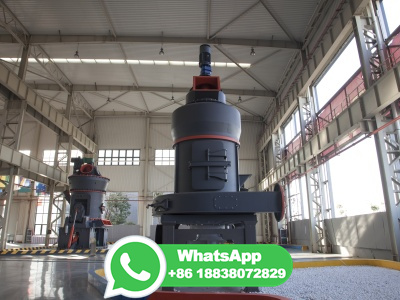Impact of slag composition activity on the behavior of .
WEBSep 21, 2017 · According to Table 1, if the oxygen topblowing smelting reduction process uses iron ore, fluxing agent and coal dust as ironmaking raw material, its compositions are almost the same as that of blast furnace the oxygen topblowing process will make its slag's compositions vary from that of lowFeO blast furnace slag. Both oxygen top .

































